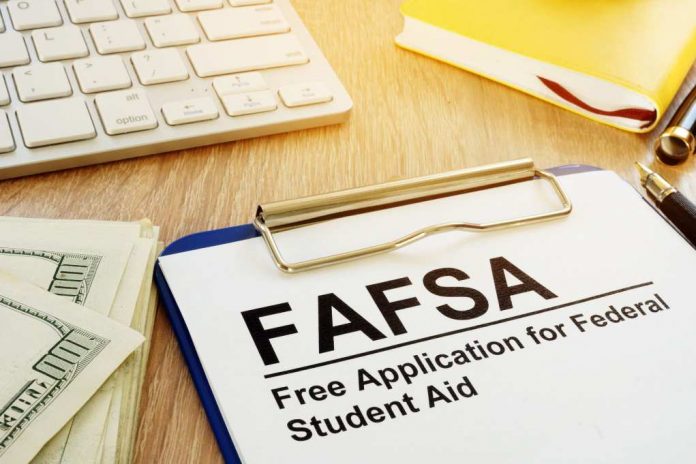
Handling the cost of a higher education can be hard. That is why you should review all available assistance options that may be able to help with that expense! One form of assistance is provided through the government. In order to receive this aid, students will need to fill out a Free Application for Federal Student Aid (FAFSA). That application can be a bit tricky, so make sure you understand what it entails before you begin the process!
Understanding FAFSA
When people think of government assistance, they usually think about it from a federal level. However, there are government agencies at a local, state, and national level that use this application. It is important to note that while this application is optional, it can save you a lot of money if you are eligible to receive assistance or better lending opportunities.
What is so Important About FAFSA?
On average, you can expect to spend thousands upon thousands of dollars a year. No, we don’t mean just $5,000 (which is still a lot of money). Instead the average cost of tuition for in-state students that attend a public four-year institution is $21,035 every year. Out-of-state students that attend a public four-year institution had an even higher average cost of education at $38,330 every year. If a student attends a public college for four years then that means they can expect to rack up their debt to an average of $87,800 for in-state students and $153,320 for out-of-state students. The worst part? Private colleges and universities may cost even more.
With expensive education costs, those aiming to get a higher education will need to properly manage these debts. Ways to do this include reducing the amount due, getting more flexible loan terms, etc. In order to get this help, the FAFSA must be filled out. Not only can this form provide you assistance, but it is free to complete (yes, it literally says it in the name but some people may overlook that fact!). You don’t even need to claim the assistance that you may qualify to receive, that means this application is completely risk-free.
FAFSA Eligibility Requirements
Luckily there aren’t too many requirements when it comes to your FAFSA. The main factor that impacts eligibility is citizenship status. Besides that, FAFSA doesn’t have any age restrictions or income restrictions for applying.
Types of Financial Aid from FAFSA
There are three main forms of assistance:
- Grants: Don’t need to be repaid and can be merit-based or financial-need based.
- Loans: Must be repaid but have better terms compared to private lenders.
- Work-Study Programs: A type of program where students can work while handling some educational expenses.
How Much Will You Receive?
Essentially the FAFSA can determine the amount of financial need a student has by taking the cost of attendance and subtracting the expected family contribution. If you do not show that you have financial need, that’s okay! You can still be eligible to receive some assistance opportunities.
When Should You Submit Your FAFSA?
A good rule of thumb is to fill out the FAFSA as soon as you can! Generally, the application period opens on October 1st. That means filling out your application on that day would be best! You can review FAFSA deadlines online or by contacting the financial aid office at your school.
How to Fill Out the FAFSA?
First and foremost, you will need to prepare for the application before you actually start it. You will want to have your:
- Driver’s License or State I.D.
- Social Security Number
- Tax documentation
- Bank Statements
- Financial Documentation
- Untaxed Income Records (If Any)
You may need additional documentation, for example if you have an alien registration number instead of a social security number, so make sure to review what you need for your specific application.
Now that you have your documents ready, you can begin the application process! The easiest way would be to fill out the application online through the Office of Federal Student Aid’s website. You will need an FSA ID in order to begin the application. From there, you will want to make sure the information you input is accurate; double check your work for mistakes like typos. Generally, students can fill out this application within an hour.
Overall
The FAFSA is an important component of your journey to obtain a higher education. When you fill out this application, you may be able to receive assistance towards the expensive costs of education in the form of a grant, loan, or work-study program. These applications don’t come with any risk, so you have no reason not to fill one out! Take your take, double check your work, and make sure to fill out your FAFSA as soon as you can once the application period opens up.
















